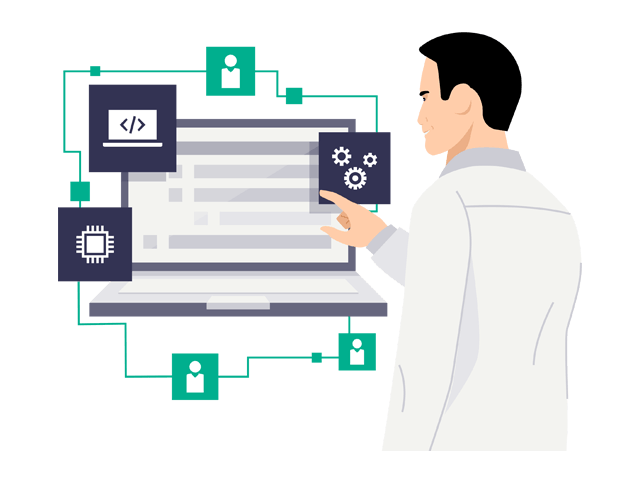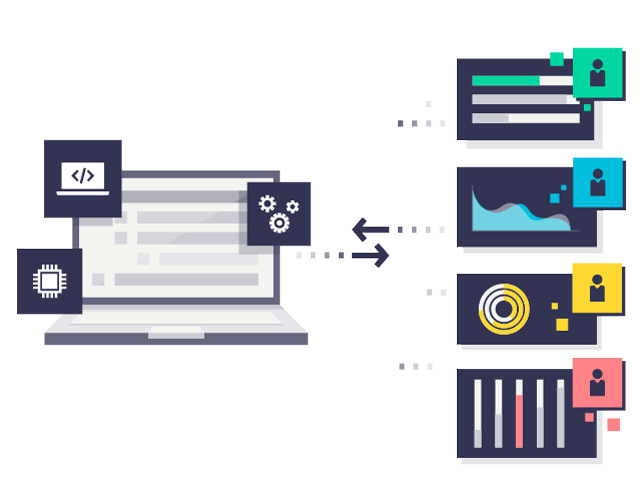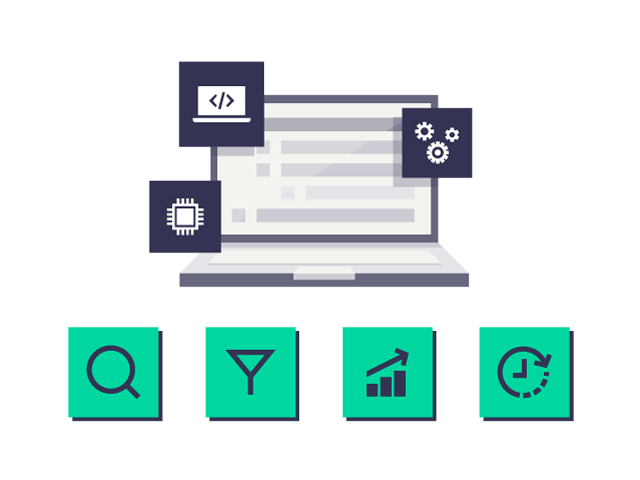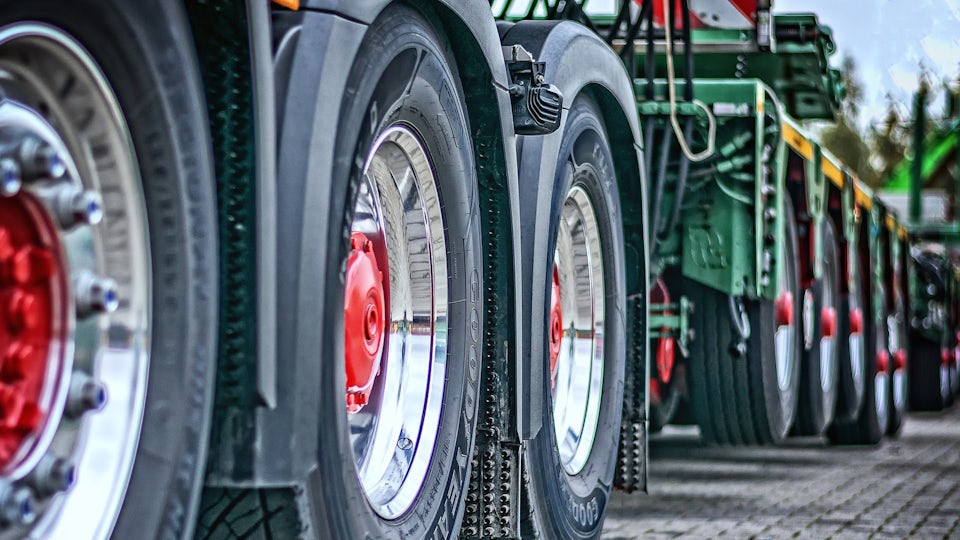包括的なBOM戦略で製品を理解
統合された単一のプロセスでBOMを作成、管理、リリースして、製品のデジタル表現を生成します。製品ライフサイクル全体を通して機能領域を接続するデジタル・スレッドで、新製品の進化とアップグレードを調整します。
マルチドメインBOMでエンタープライズを接続
コラボレーション環境で単一の正確な製品定義を作成することにより、品質、市場投入期間、コスト管理を改善します。Teamcenterに統合されたマルチドメイン・エンタープライズBOMソリューションは、領域をまたぐ自動調整を通じたソフトウェア、電気、電子、機械部品の管理を可能にします。

変更管理と構成管理で制御
変更が加わったらその変更を制御、追跡します。BOMの進化をベースラインと構成の履歴で管理します。リリース状態と成熟度、有効性、バリエーションを使用して部品表を構成、解決します。

BOMをパワーアップ
Teamcenter生産性向上ツールでデジタルBOMをさらに活用:
- Smart Discoveryは、レビュー、影響解析、検証の豊富なコンテキストを実現
- パーティションは、単一のBOM構造を複数のカスタマイズされたビューに編成
- Design BOM Alignmentは、製品の進化を調整
- Advanced BOM Rollupは、設計から目標達成までの計画、割り当て、追跡を支援

ユーザー事例
Dongfeng Liuzhou Motor

Case Study
Enhancing data accuracy to reduce time spent on digital model queries by 50 percent
会社:Dongfeng Liuzhou Motor
業界:自動車 / 輸送機器
開催場所:Liuzhou, Guangxi Zhuang Autonomous Region , China
シーメンスデジタルインダストリーズソフトウェア:Teamcenter
